Until he shows me Radu Vădan the wood in his warehouse, I thought the willow was short for willow. But I have discovered a species with a special wood, beautifully coloured and patterned, perfect for bowls, frames, jewellery and other such objects. From an industrial point of view, it is not of interest because it rarely reaches very large sizes, being rather a shrub. But it is appreciated by wood enthusiasts all over the world, especially as the trunk is sometimes blistered, which makes the wood more spectacular. As well as its pleasing appearance, which is why it is planted in parks and private gardens, the willow is also a popular herbal remedy, its beneficial effects in treating ulcers, infections and rheumatoid arthritis having been recognised by medical studies.
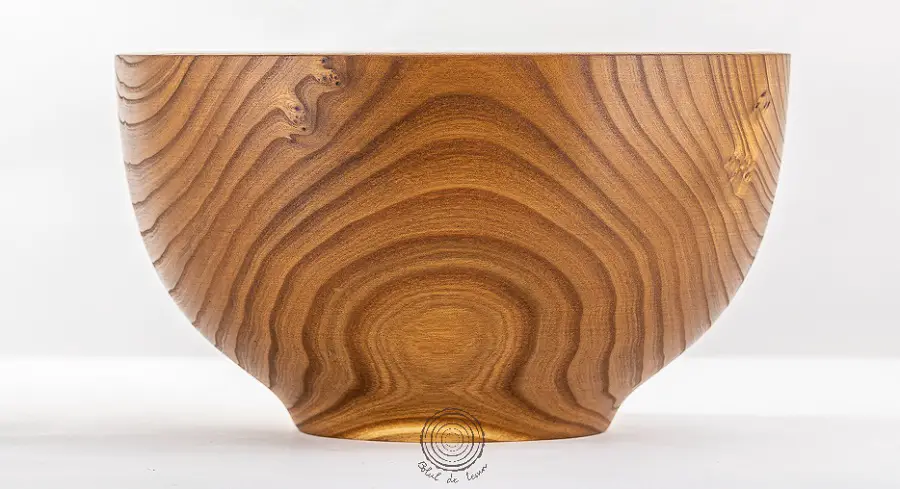
Willow, scented willow, Russian olive and many other names
Scented willow, Russian olive, wild olive, Turkish olive, honey locust, bear's honey are the names by which the willow is known - Elaeagnus angustifolia - in different parts of the country. In English it is called russian olive, wild olive, silver berry or oleaster, in Italian is olive tree, Bohemian olive tree, silver tree, in French olivie de Boheme, arbre d'argent, arbre du Paradis or olinet and ölwide or schmalblätrige ölweide in German. Part of the Elaeagnaceaelike the beetle. The names willow or măslin are related to the resemblance of the leaves and the fruit to these species, but botanically they are totally different.
The savory is native to southeastern Europe and central and western Asia, from Iran, Afghanistan, southern Russia and Kazakhstan to Turkey, Pakistan and India. It is a soil-fixing species and is acclimatised for this purpose in various countries. This is how it arrived in the late 19th century in the USA where, because of its rapid growth and spread, it is now considered invasive in many areas. It is hardy to both high and low temperatures, thriving even in nutrient-poor soils provided they are well drained. Planting in parks and gardens prevents soil from becoming waterlogged.
In nature it grows spontaneously, not far from water, in floodplains, but also in dry riverbeds at altitudes below 2000 m. It is very wind-resistant and tolerates temporary flooding well. It has the ability to fix nitrogen in the soil.
Tree or shrub?
I cannot give you a very clear answer to this question. There are sources that consider it a small tree, others that say it is a shrub. In any case, there are specimens that can reach 10-12 m in height, sometimes even more, and the trunk reaches half a metre in diameter. It is a deciduous species with drooping leaves. In parks and gardens it is grown for its silvery foliage and the very pleasant, honey-like smell the flowers give off in late spring. The trunk and branches are covered with a brown, exfoliating bark that looks great in winter. The roots extend into the soil, hence the ability to fix the soil. This is why it is also used for fixing barren hedges.
The leaves are willow-like, oval-elongated, 3-5 cm long, green on the front and silvery on the back. In autumn they hang on the branches until late. Branches have strong, sharp spines, 7 mm to 3 cm long. The flowers are small, petalless, 4-lobed, yellow to cream. They appear on leaf axils in late spring, sometimes as clusters of 2-3 flowers, and have a very pleasant, strong, honey-like and nectariferous smell. They are therefore an attraction for bees. The fruits are small, olive-like, silvery-orange-brown coloured, edible and sweet, very popular with birds, but also in countries such as Turkey, Iran and Afghanistan.
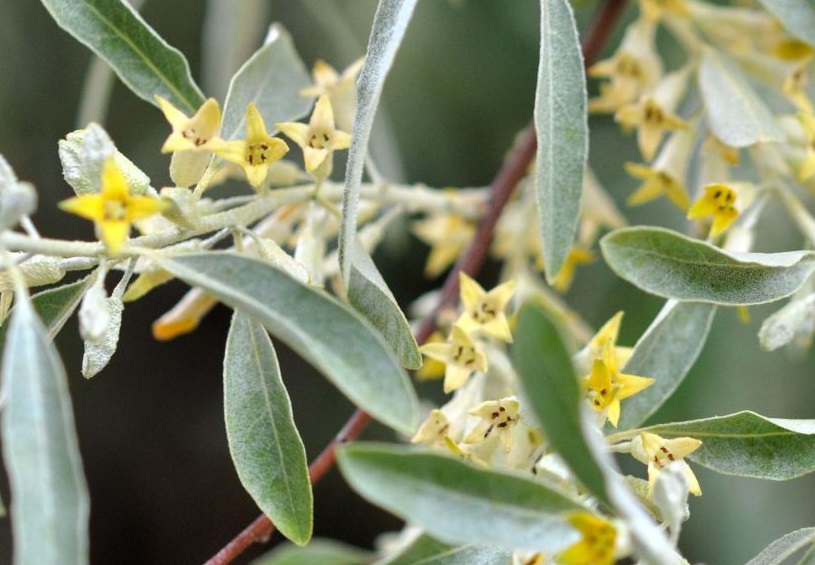
Savory - properties, characteristics
In cross-section through the trunk of the sapling the difference between sapwood and heartwood is clearly visible. The sapwood is thin, very light yellowish-white. The heartwood ranges in colour from yellowish-brown to dark golden-brown, sometimes with shades of greenish and even light purple-grey. After cutting, the heartwood darkens to a reddish-yellow colour, but the sapwood does not turn yellow and retains its original shade.
It is a very porous wood with a fine and uniform texture. Radu Vădan says it is similar cherry as texture and frasinlike pores. Sometimes, due to growing conditions, the fibre is twisted. The annual rings are very visible due to the ring-shaped arrangement of the pores. In early wood the pores are arranged in 5-10 rows in a circle and are medium to large in size. The pores in latewood are much fewer, solitary, medium to small. Sometimes they have inside tile. The medullary rays are quite wide and visible to the naked eye. Anhydrous density is 685 kg/m³ and Janka hardness 5500 N.
Most people who have worked with savory say it is quite difficult to dry, with cracking and sometimes warping of the elements, but there are exceptions. Some sources say that in the wet state it processes well, but has an unpleasant smell that disappears after drying. It has very low fungal resistance and low to medium durability. It processes well mechanically and by hand, carves easily. It can be turned, but large-volume pieces vibrate and very thin-walled objects cannot be obtained. Sands, glues and finishes well. When finishing, because of the many large pores it absorbs a lot of material in the first coat. To make a closed-pore finish many coats must be applied.
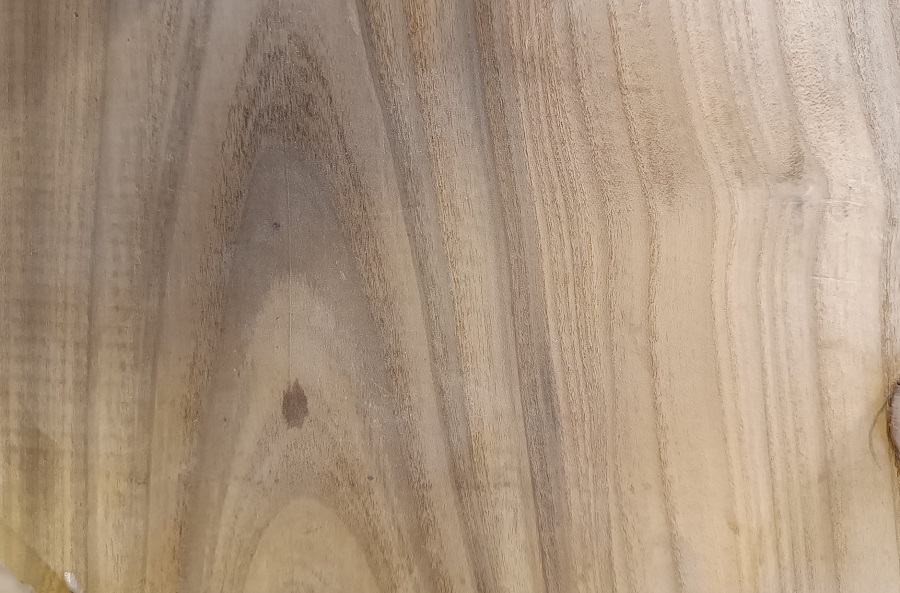
Used to make bowls, pens and electric guitars
Because it is not a tree grown for logging, nor is it a large tree, the use of wood is limited to small, decorative items. Those lucky enough to find larger wood also use it for furniture and even special projects, such as making an electric guitar. Because of the beautiful colours and the special design given by the pore line it is used to make decorative objects, mirror frames, jewellery boxes and even jewellery. Special objects are made from the sapphire burls.
Willow wood burns well, but needs to be well dried for at least a year. Otherwise it burns with sparks and gives off an unpleasant smell. Well-dried, it can be used in stoves or open fireplaces where it burns slowly, gives off little smoke, is pleasantly aromatic and gives off heat for a long time. Its calorific value is close to that of ash. It splits better green, dry it is hard to cut, especially if the logs are larger.
Well dried, it can also be used for smoking foods to which it gives a subtle, fruity, slightly sweet flavour. The smoke from burning sausage goes well with pork, lamb, poultry, seafood, pizza or vegetables. It can be mixed with wood that imparts a bitter taste to temper the sweetness.
Because they frequently populate parks and public gardens, the wood comes mainly from grooming. When not done properly, this can lead to the willow becoming infected with fungi, making it less resistant to such attacks. The trunk is eaten on the inside, dries out and has to be cut. Unfortunately, such a trunk can hardly be used because it is hollow inside. But it is a good source for those who combine wood with epoxy resin.
Elderberries - remedy against rheumatoid arthritis and renal lithiasis (kidney stones)
In ancient Iran, elderberry decoction was used against fever, asthma, infections or rheumatoid arthritis. The dried powder of the fruit, mixed with milk, is still a remedy for rheumatoid arthritis and joint pain. There is evidence that some savory products have comparable efficacy to ibuprofen. In traditional Turkish medicine, elderberries are famous as a tonic, antipyretic or as a treatment for kidney disorders (anti-inflammatory treatment and/or renal lithiasis).
Savory is traditionally used as a remedy against ulcers or gastric disorders. It has been used experimentally, with promising results, for applications in malignancies, ulcers, gastric problems and as a bactericide. A well-documented study on the beneficial effects of savory can be found at here.
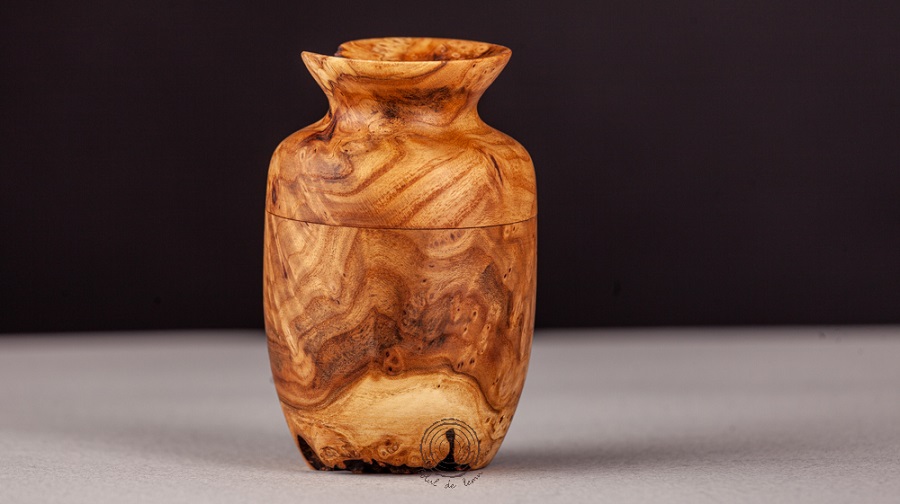
I hope you find the above information useful. As usual, additions are welcome. And if you have any questions or queries, please leave them in the space below. I'm sure I'll reply.
Cover photo: bowl made of savory, Radu Vădan


















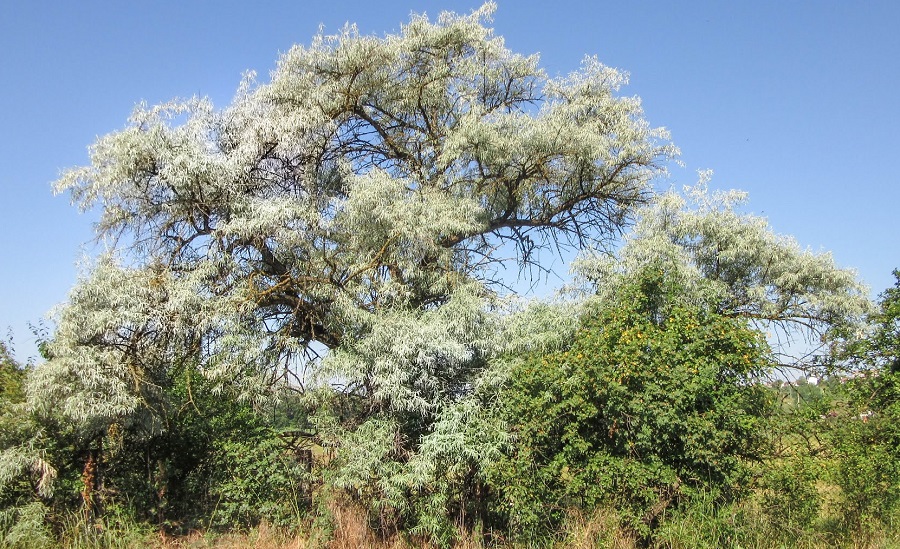
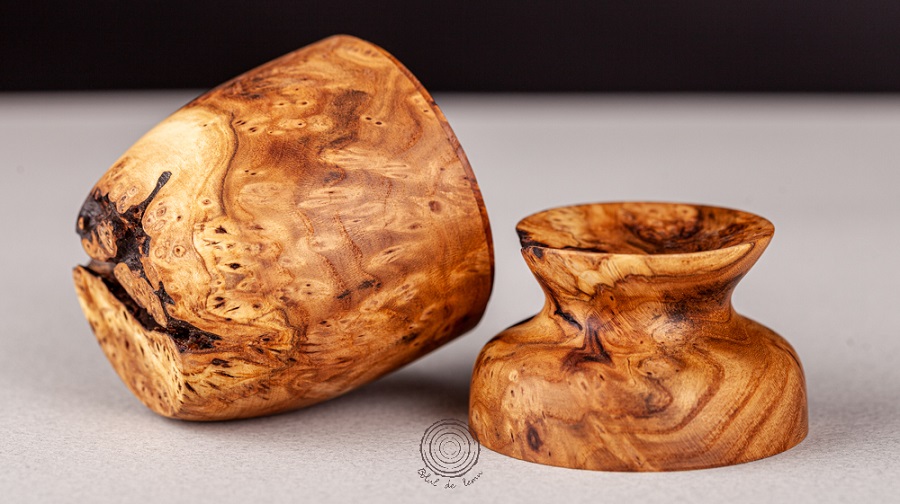
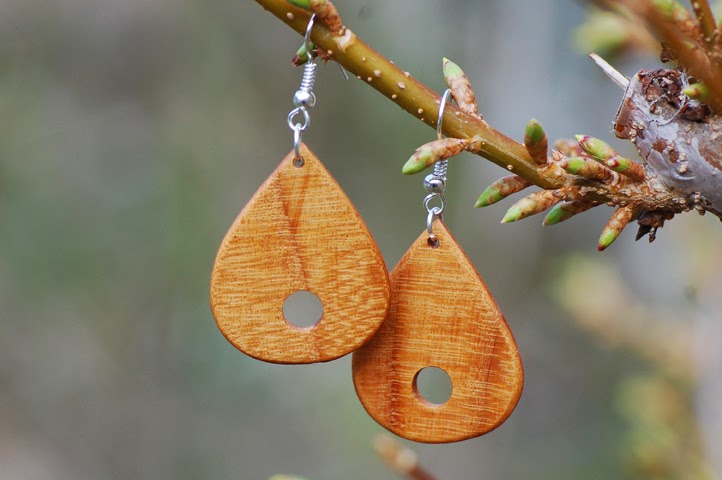






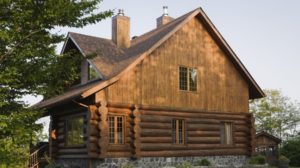

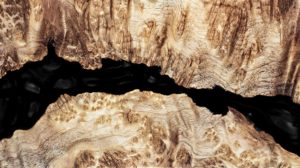


Add comment